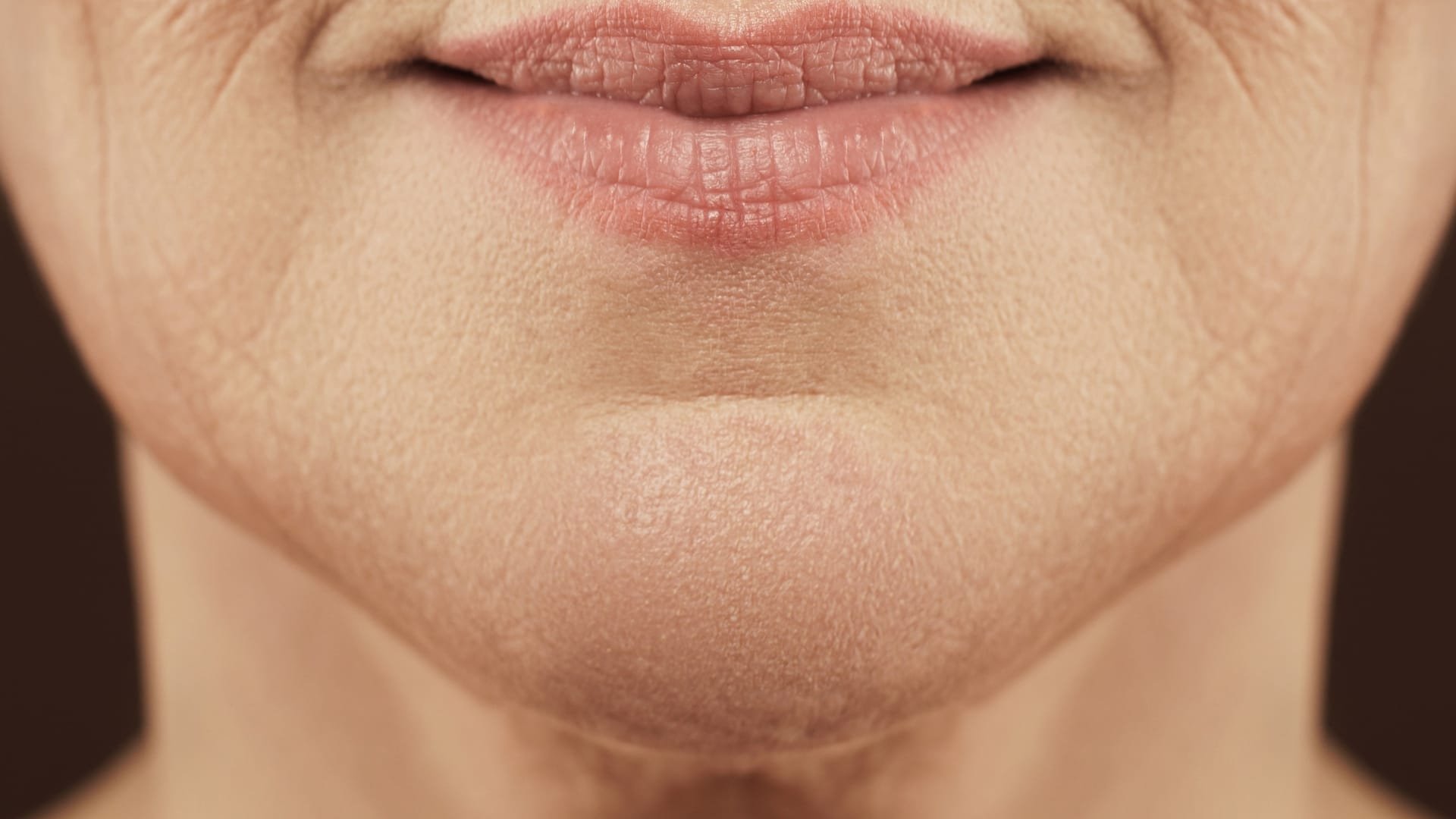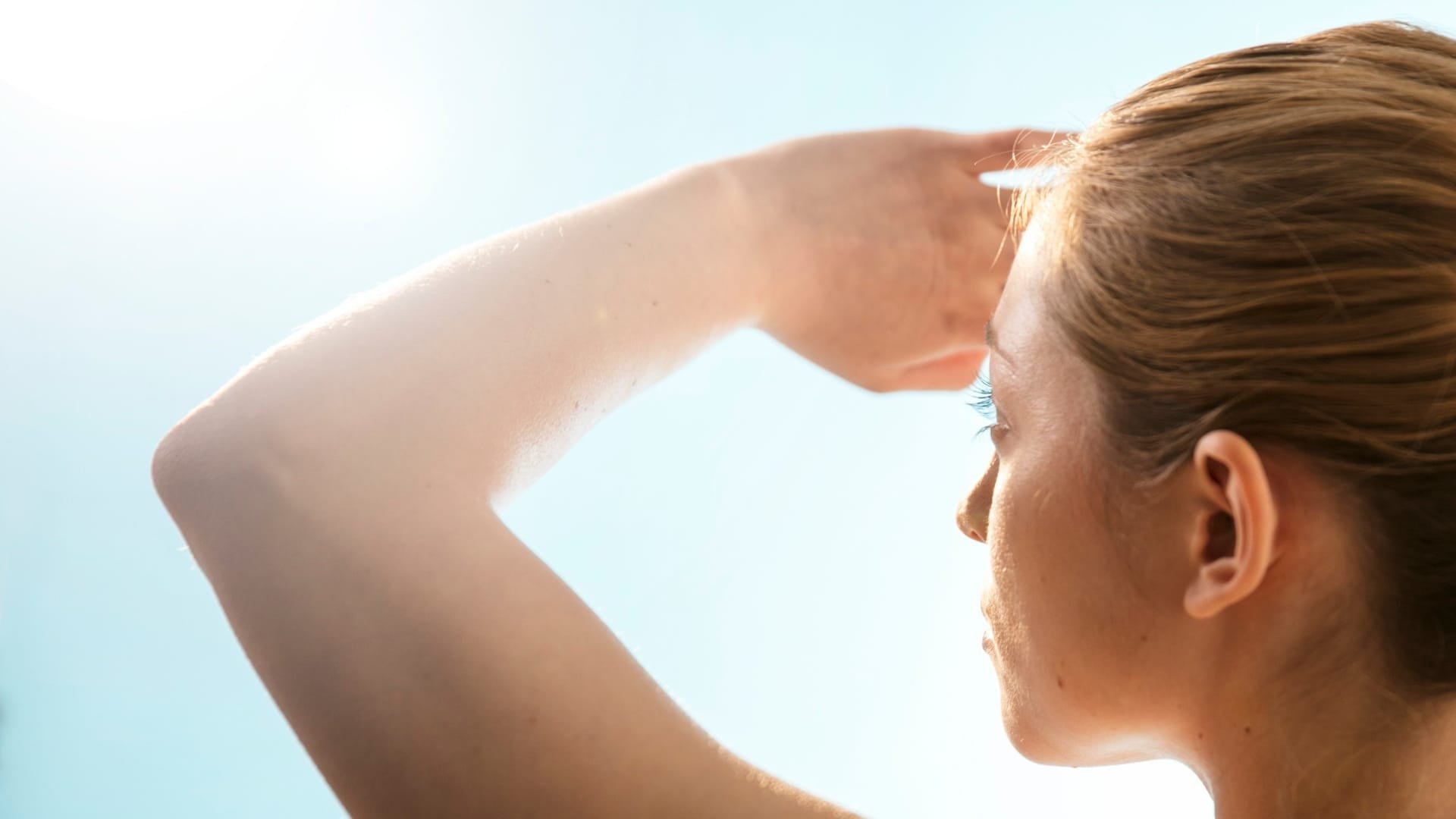Signs of Premature Aging: Explained by a Skincare Expert
Do you have trouble recognizing yourself in the mirror? Are you constantly being told that you look tired or older than your age? If so, you may be experiencing signs of premature aging.
It's no secret that as we age, our skin changes. But did you know that there are signs of premature aging that can occur long before your actual "golden years"? In fact, according to the American Academy of Dermatology, signs of prematurely aging skin can start to show in your 20s!
We've all seen those celebrities in their 60s who look like they're in their 40s. What's their secret? Some people are just lucky and have great genes. But for the rest of us, premature aging is a real concern.
So what are some of the most common symptoms? And more importantly, how can you prevent them? Keep reading to find out.
What is premature aging?
Premature aging is a condition in which signs of aging appear before the expected age. It can be caused by genetics, environmental factors, medical conditions, and lifestyle choices.
Scientifically speaking, premature aging occurs when a person's biological age outpaces their chronological one.
Signs of premature aging
The signs of premature aging vary, but here are some of the most common signs to look out for:
Deep wrinkles around the eyes and mouth
As you age, your production of collagen and elastin starts to decrease, leading to wrinkles. Areas around frequently used muscles, like your eyes and mouth, tend to form wrinkles earlier than other parts of the face.
Sagging skin
Sagging skin is caused by a decrease in collagen and elastin, which give our skin its elasticity. As we age, the skin's supportive layer of fat beneath the dermis starts to thin, leading to sagging facial contours and jowls.
Age spots
These are also known as "liver" or "sun" spots. They are caused by sun exposure and are signs of aging skin. Age spots tend to be flat, brown patches on the face, hands, arms, and other areas that are exposed to the sun most often.
Related: Dark Spots on Your Hands? Here’s What You Can Do About Them
Dry or itchy skin
As you age, your skin is less able to produce natural oils that help keep it hydrated. As a result, your skin tends to become drier and more fragile, which can lead to signs of premature aging.
Loss of fullness in the cheeks and jawline
As we age, our skin loses its ability to retain moisture and elasticity. This leads to a decrease in volume in the face, which can cause a sagging jawline and hollowed-out cheeks.
Hyperpigmentation around the chest and neck
Hyperpigmentation is a condition in which the skin produces more melanin, resulting in dark spots. These spots are common signs of aging because as we age, our production of melanin increases to protect us from sun damage.
Related: Ways to Treat Hyperpigmentation: What You Need to Know
Causes of premature aging
Premature aging can be caused by a combination of factors including genetics, environmental factors, medical conditions, and lifestyle choices.
Genetics
Genetics play a huge role in signs of premature aging; if your parents developed signs of premature aging, chances are you will too.
Some rare genetic conditions like progeria can also cause signs of premature aging. Progeria is a rare genetic condition that causes rapid signs of aging in children, often leading to early death.
Environmental factors
The environment around us has a huge impact on signs of premature aging. Environmental stressors like air pollution, UV radiation from the sun, and smoke exposure can all lead to signs of premature aging.
Medical conditions
Certain medical conditions like diabetes, thyroid disorders, and lupus can all cause signs of premature aging. These conditions cause the skin to produce more free radicals that damage the skin, leading to signs of premature aging.
Lifestyle choices
Lifestyle choices are a major contributor to signs of premature aging. Smoking can cause wrinkles and sagging skin, while poor diet and lack of exercise can contribute to signs of premature aging.
Sleep habits can also have an effect on signs of premature aging; not getting enough sleep or sleeping in the wrong position can cause signs of premature aging.
Stress
Stress is a major contributor to signs of premature aging. Stress hormones like cortisol can damage the skin, leading to signs of premature aging.
How to prevent premature aging
There are some factors of aging you can't control, like genetics and environmental factors. But there are also some steps you can take to help prevent signs of premature aging, such as:
Wear sunscreen regularly
Sun exposure is one of the biggest contributors to signs of premature aging, so it's important to wear sunscreen that has an SPF of at least 30.
Eat a healthy diet
Eating a balanced diet full of fruits and vegetables is key for keeping your skin looking young and healthy. Eating foods rich in antioxidants, like blueberries and dark leafy greens, can help protect your skin from signs of aging.
Avoid smoking and excessive alcohol consumption
Smoking and drinking excessive amounts of alcohol can accelerate signs of premature aging.
Get enough sleep
Getting adequate sleep is essential for healthy skin; not getting enough sleep can lead to under-eye circles, wrinkles, and other signs of aging.
Exercise regularly
Regular exercise helps to keep your skin healthy and can help reduce signs of aging. Exercise increases blood flow, which nourishes the skin and keeps it looking healthy and youthful.
Stay hydrated
Staying hydrated with water and other fluids is essential for healthy skin. Drinking at least eight glasses of water a day can help to keep your skin looking youthful.
Wash your face regularly
It's important to wash your face at least twice a day with a gentle cleanser. This helps to remove dirt and oil build-up which can lead to signs of premature aging.
Lower stress levels
High levels of stress can lead to signs of premature aging, so it's important to find ways to reduce or manage your stress. Try activities like yoga, meditation, or journaling to help keep your stress levels low.
Treatments for premature aging
Fortunately, there are many treatments available to treat signs of premature aging. Here at Kim Gallo Esthetics, we offer a wide range of services to help reduce signs of premature aging.
Microdermabrasion
Microdermabrasion is one of our most popular treatments for signs of premature aging. Microdermabrasion helps to reduce wrinkles and fine lines by exfoliating the top layer of skin.
Chemical peels
We also offer chemical peels, which help to reduce signs of aging by exfoliating the top layer of skin and stimulating cell turnover.
LED light therapy
LED light therapy is another great treatment for signs of premature aging. LED light therapy helps to stimulate collagen production and can help to reduce wrinkles and fine lines.
Note that these treatments can be very effective in reducing signs of premature aging, but they are not a substitute for good lifestyle habits.
Conclusion
When it comes to signs of premature aging, prevention is key. But if you're already noticing signs of premature aging, it's not too late to start protecting your skin and benefit from treatments.
At Kim Gallo Esthetics, we believe that everyone deserves to look and feel their best. That’s why we offer a wide range of treatments specifically designed to target signs of premature aging. So don’t wait—book an appointment today and take the first step towards looking and feeling your best.







